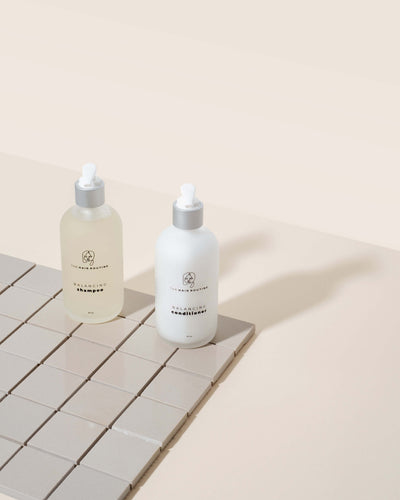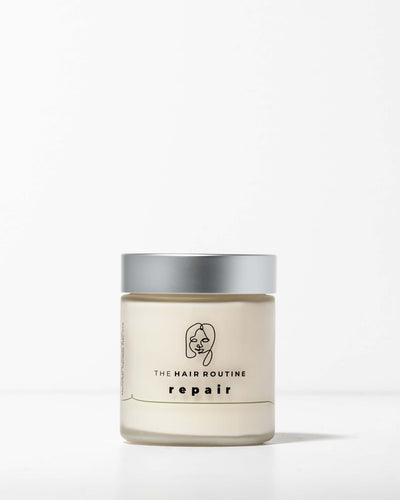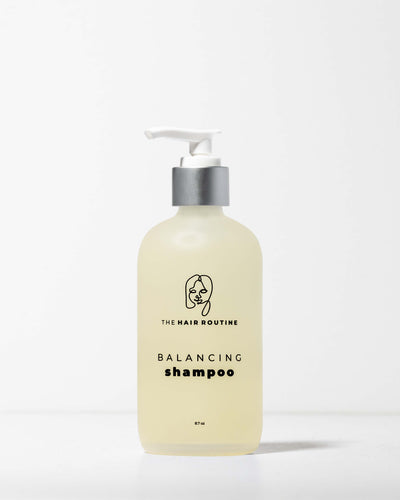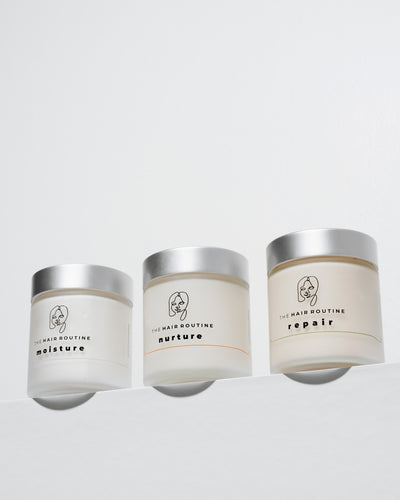What Should I Do About Thinning Hair?
Hair thinning is when hair loses its natural thickness. A decrease in hair mass happens gradually when we age because the follicles get weaker. Also with age, a larger percentage of our hair transitions into the resting phase of the natural hair growth cycle. Unfortunately, just like with other ageing processes, hair thinning is progressive and it gets worse with time.

What causes hair thinning?
- Age. The physiological changes our body endures is the natural process of growing older, and that’s OK! More than 40% of women experience thinning before the age of 40. With time, the body becomes less efficient at processing nutrients such as iron, which is needed to oxygenate the blood cells that help with hair growth.
- Environmental stress. External factors affect our hair and skin as well and they include: pollution, toxic chemicals in our products, etc.
- Genetics. Your genetic charge determines, rather importantly, how soon or how late ageing begins to affect your cells’ regeneration. Other hair and skin disorders can also be hereditary, like pattern baldness. If you have a genetic disorder, contact your doctor for the best therapy treatment.
- Mental stress. Lack of sleep and emotional stress can weaken the hair follicles and ultimately result in some sort of alopecia that causes hair loss.
How can I tell if my hair is getting thinner?
With observation you’ll be able to notice that hair follicles are weaker and more prone to breakage. If you put your hair into a ponytail or a bun, you’ll notice that it’s less voluminous than it used to be. In addition to that, you’d probably already be aware that you're losing hair mass, and this is another signal to determine if you’re experiencing hair thinning. Note that women usually see hair thinning on top of the frontal region, while men will observe it along the crown and receding hairlines.
Are there any solutions to hair thinning?
Yes, it all comes down to improving your hair’s strength. Hair loss can be prevented if we take precautions before we start observing hair thinning. Following a personalized routine tailored to your hair needs, focusing on strengthening the hair fibers, maintaining the right amount of elasticity, and replenishing the strands with nourishing oils are all steps you can take to alleviate hair loss and thinning. Follow a hair care regimen with products that don’t contain toxic chemicals and sulfates because these may contribute to stripping the natural oils from the strands, opening the cuticles, and ultimately thinning down the hair.
If you are deeply affected by hair thinning and hair loss and would like to take a more aggressive approach, reach out to a doctor or specialist who can recommend the best treatment.
AVOID!
- Excessive brushing, especially when your hair is damp or wet.
- Blow drying or heat-styling...and if you do, use a low-heat setting mode.
- Any chemical procedures that may contribute to hair thinning, like bleaching or perming.
SHOP THE HAIR ROUTINE AND ELEVATE YOUR HAIR RITUALS






